At any point during the painting process, did Studebaker paint the the shell or any of the body panels (doors, fenders, trunk and hood) by themselves/unattached or was the body painted as one complete unit?
Please advise, thank you
Please advise, thank you





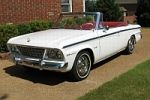
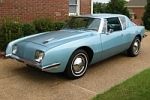

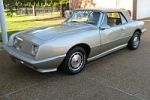
 We've got to quit saying,
We've got to quit saying, 
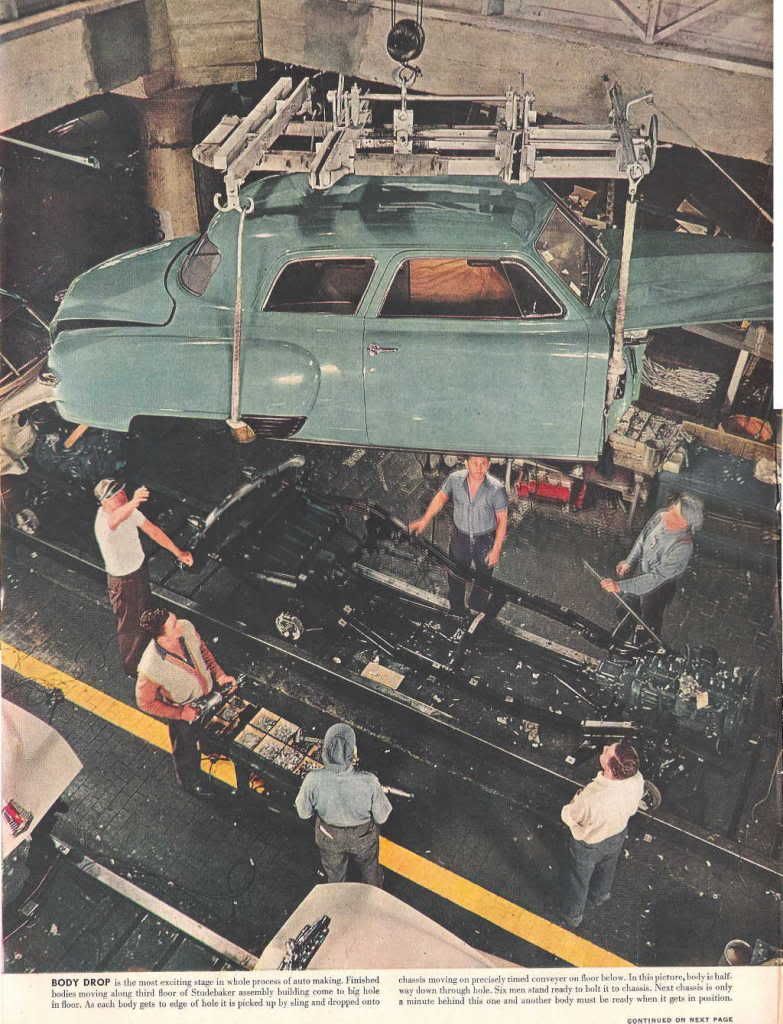
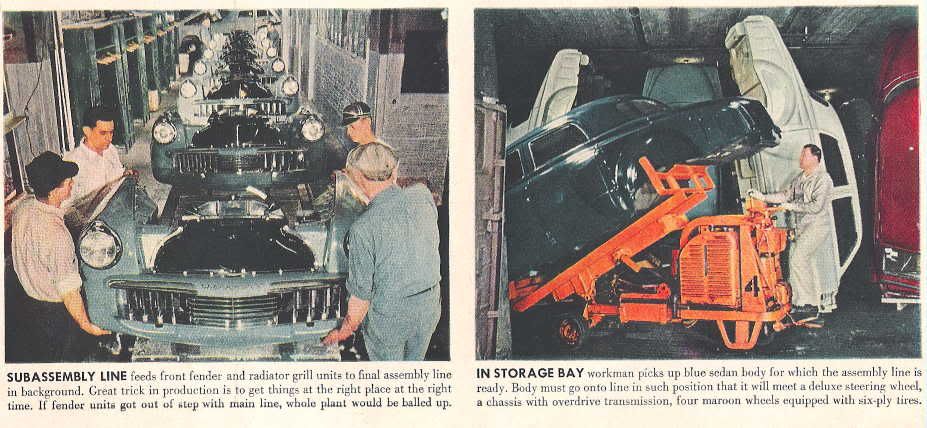
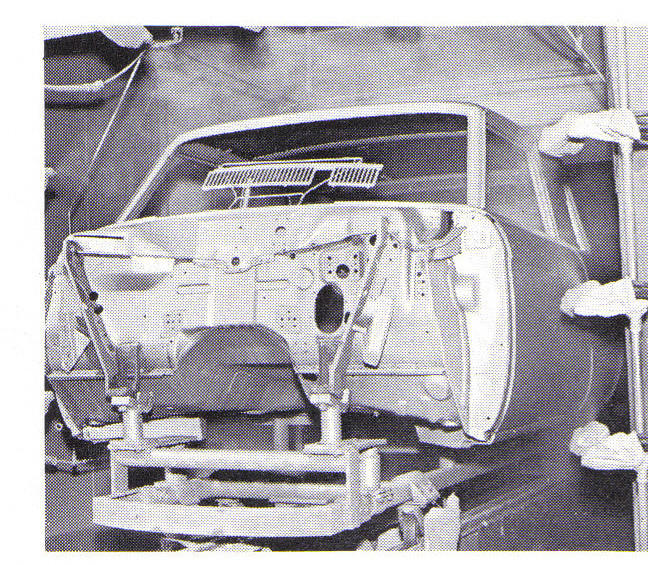
Comment